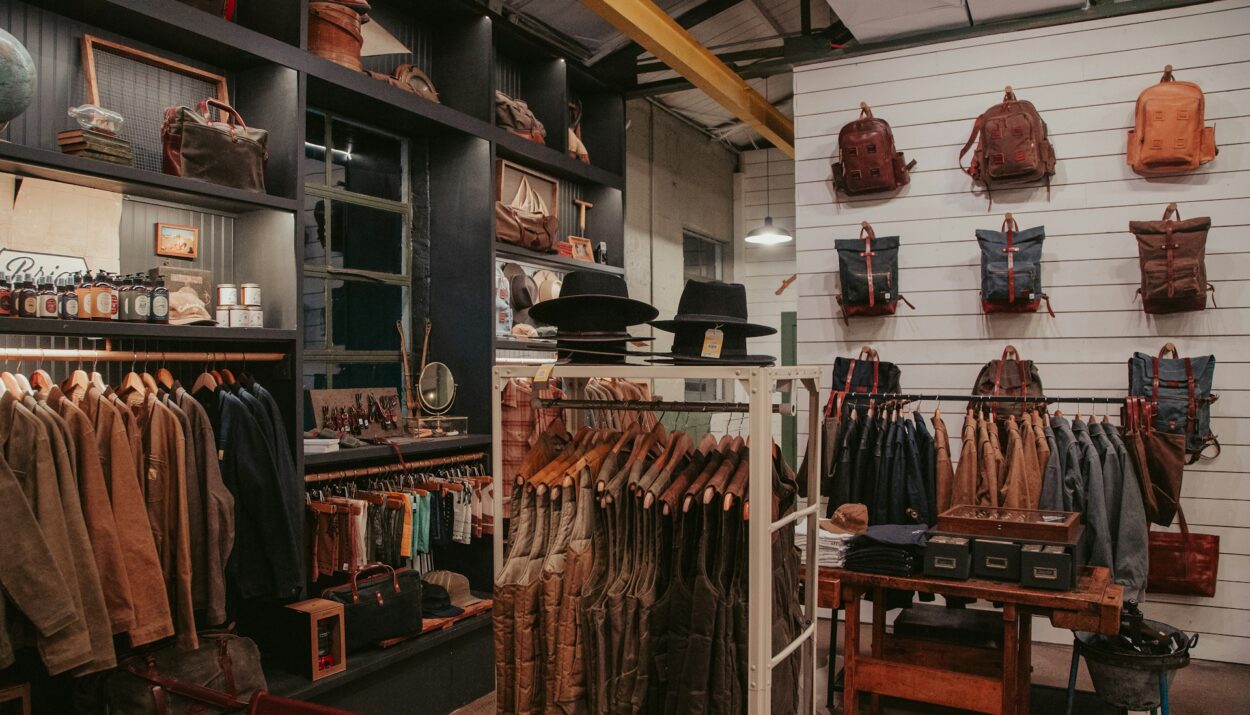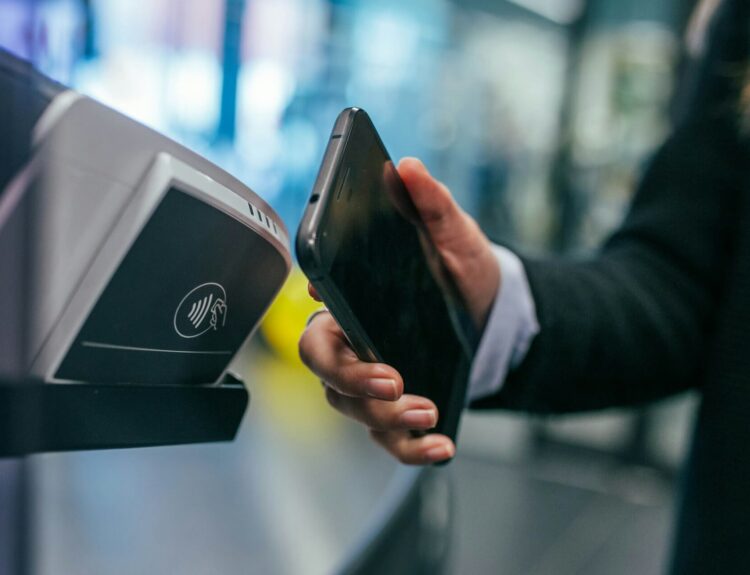The global luxury market reached $1.4 trillion in 2022, yet millions of consumers are discovering that authentic luxury doesn’t require maximum spending.
True indulgence comes from making thoughtful, sustainable choices that align with personal values while respecting financial boundaries.
Conscious luxury represents a fundamental shift from conspicuous consumption toward intentional living. This approach prioritizes quality, longevity, and ethical sourcing over brand recognition and price tags.
The result is a lifestyle that feels genuinely luxurious while supporting both personal financial health and environmental responsibility.
Budget living and luxury may seem contradictory, but they share common principles: maximizing value, making deliberate choices, and focusing on experiences that truly matter.
By combining these philosophies, anyone can create a lifestyle that feels indulgent without the financial stress or environmental guilt traditionally associated with luxury consumption.
Redefining Luxury for the Modern Consumer
Quality Over Quantity Philosophy
Traditional luxury marketing emphasizes accumulation—more items, higher prices, exclusive access.
Conscious luxury flips this script by prioritizing fewer, better choices that provide lasting satisfaction. A single, well-made cashmere sweater that lasts decades offers more genuine luxury than a closet full of fast fashion pieces.
This philosophy extends beyond material goods to experiences and services. Rather than booking multiple mediocre vacations, conscious luxury might mean saving for one transformative travel experience that creates lasting memories and personal growth.
The quality-over-quantity approach also applies to relationships and time allocation. Luxury becomes about having space for meaningful connections and unhurried experiences rather than packed schedules filled with status-driven activities.
Environmental Impact Considerations
Sustainable choices naturally align with budget living principles because they emphasize longevity and efficiency. Items designed to last reduce replacement costs over time, while energy-efficient appliances and sustainable practices lower ongoing expenses.
The environmental cost of traditional luxury consumption includes resource depletion, manufacturing pollution, and waste generation.
Conscious luxury acknowledges these hidden costs and seeks alternatives that minimize environmental impact while maintaining quality and satisfaction.
This awareness often leads to discovering local artisans, vintage and secondhand luxury items, and brands committed to sustainable production practices. These options frequently offer superior quality at lower prices than mainstream luxury alternatives.
Creating Luxury Experiences on a Budget
Home Environment Enhancement
Your living space offers the greatest opportunity to create daily luxury experiences without ongoing costs. Strategic lighting, including candles and warm-toned bulbs, can instantly transform any room into a more inviting, spa-like environment.
Textiles play a crucial role in perceived luxury. A few high-quality throws, pillows, or curtains can elevate an entire space more effectively than expensive furniture. Thrift stores and end-of-season sales often yield designer textiles at a fraction of retail prices.
Plants bring life and sophistication to any space while improving air quality. Even budget-friendly options like pothos or snake plants can create a lush, expensive-looking atmosphere when displayed thoughtfully in attractive planters.
Culinary Indulgence Strategies
Gourmet cooking at home provides luxury dining experiences at a fraction of restaurant costs. Learning to prepare one signature dish exceptionally well creates opportunities for impressive entertaining and personal satisfaction.
Seasonal shopping and bulk buying allow access to high-quality ingredients at lower costs. Farmers’ markets often offer premium produce at competitive prices, especially near closing time when vendors prefer selling remaining inventory over packing it up.
Wine and specialty foods become more accessible through buying clubs, loyalty programs, and strategic timing around sales. Many premium brands offer substantial discounts during promotional periods or through direct-to-consumer channels.
Personal Care and Wellness
Luxury personal care doesn’t require expensive spa visits or premium beauty products. Simple rituals like weekly bath soaks with Epsom salts and essential oils provide relaxation and skin benefits comparable to expensive treatments.
DIY beauty treatments using kitchen ingredients often match or exceed commercial alternatives. Honey masks, coffee scrubs, and avocado hair treatments offer natural luxury experiences while avoiding harmful chemicals found in many expensive products.
Wellness practices like meditation, yoga, and journaling cost nothing but provide profound benefits for mental health and life satisfaction. These practices form the foundation of sustainable well-being that no amount of material luxury can replace.
Smart Shopping Strategies for Conscious Consumers
Timing and Research Techniques
Understanding retail cycles enables access to luxury items at significantly reduced prices. End-of-season clearances, post-holiday sales, and inventory transitions offer opportunities to purchase quality items at steep discounts.
Price tracking tools and browser extensions help identify genuine sales versus inflated “discounts.” Many retailers manipulate original prices to make sales appear more attractive than they are.
Research before purchasing prevents impulse buying and ensures that chosen items truly align with personal needs and values. Reading reviews, comparing alternatives, and considering long-term use helps distinguish between wants and genuine needs.
Secondhand and Vintage Luxury Markets
The pre-owned luxury market offers authentic designer items at substantial savings while extending product lifecycles. Consignment shops, online platforms, and estate sales provide access to high-quality pieces with unique character and history.
Vintage luxury items often feature superior construction and materials compared to contemporary versions. Mid-century furniture, vintage jewelry, and classic clothing pieces frequently outlast modern equivalents while offering distinctive style.
Authentication becomes crucial when purchasing secondhand luxury items. Learning to identify quality construction, genuine materials, and authentic brand markers protects against counterfeit products and ensures good value.
Supporting Ethical Brands
Many emerging brands offer luxury-quality products at accessible prices by eliminating traditional retail markups and marketing expenses. Direct-to-consumer companies often provide transparency about manufacturing processes and material sourcing.
Small-batch producers and local artisans frequently create superior products at competitive prices. These purchases support community economies while providing unique items unavailable through mass retail channels.
Cooperative and benefit corporation models prioritize social and environmental responsibility alongside profit. Supporting these businesses aligns purchasing power with personal values while often providing better customer service and product quality.
Building a Sustainable Luxury Mindset
Mindful Consumption Practices
Conscious luxury begins with questioning automatic consumption habits and cultural messages about happiness through purchasing. This involves distinguishing between marketing-driven desires and authentic personal preferences.
The “one in, one out” principle prevents accumulation while maintaining focus on quality. Before acquiring new items, removing something ensures that possessions remain curated and meaningful rather than overwhelming.
Gratitude practices help recognize existing abundance and reduce impulses for constant acquisition. Regular appreciation of current possessions and experiences creates satisfaction that marketing cannot replicate.
Long-term Value Assessment
True luxury provides lasting satisfaction rather than momentary pleasure. This means evaluating purchases based on long-term utility, emotional resonance, and alignment with personal values rather than immediate gratification.
Cost-per-use calculations help identify genuine value. An expensive item used daily for years often costs less per use than cheaper alternatives requiring frequent replacement.
Investment pieces that improve over time offer exceptional luxury value. Quality leather goods, solid wood furniture, and well-made tools often become more beautiful and functional with age and use.
Community and Sharing Economy
Luxury experiences become more accessible through sharing arrangements and community resources. Tool libraries, clothing swaps, and skill exchanges provide access to premium items and services without individual ownership costs.
Group purchases of high-quality items enable access to luxury goods that would be prohibitively expensive individually. Wine clubs, bulk food cooperatives, and shared vacation rentals exemplify this approach.
Social connections often provide the most meaningful luxury experiences. Potluck dinners, hiking groups, and creative collaborations offer rich experiences that commercial entertainment cannot match.
Frequently Asked Questions
What’s the Difference Between Cheap and Budget-Conscious Luxury?
Budget-conscious luxury focuses on value and longevity rather than the lowest price. It involves strategic spending on fewer, higher-quality items that provide lasting satisfaction. Cheap alternatives often cost more long-term due to replacement needs and lower satisfaction levels.
Can Sustainable Choices Really Save Money Over Time?
Yes, sustainable products typically offer superior durability and efficiency. Energy-efficient appliances reduce utility costs, quality clothing lasts longer, and reusable items eliminate ongoing replacement expenses. The initial investment usually pays for itself through extended use.
Are There Luxury Experiences That Cost Nothing?
Many of life’s most luxurious experiences are free: watching sunsets, reading great books, enjoying nature, practicing meditation, and spending quality time with loved ones. Luxury is often about having time and space for these experiences rather than expensive activities.
Is It Worth Buying Secondhand Luxury Items?
Secondhand luxury can offer exceptional value when items are authentic and well-maintained. Many luxury goods improve with age, and vintage pieces often feature superior construction. Research and careful inspection ensure good purchases.
Embracing Abundant Living Within Your Means
Sustainable luxury represents a mature approach to consumption that honors both personal desires and broader responsibilities.
By focusing on quality, mindfulness, and values alignment, anyone can create a lifestyle that feels genuinely luxurious without financial strain or environmental guilt.
The path forward involves experimenting with different approaches to find what truly provides satisfaction and joy. This might mean investing in experiences over objects, choosing handmade over mass-produced, or prioritizing local over imported goods.
Start with one area where conscious luxury appeals to you—whether that’s cooking, home environment, or personal care. Small changes often create momentum for broader lifestyle shifts that enhance both daily satisfaction and long-term well-being.
Remember that authentic luxury is personal and doesn’t require external validation. The most sustainable approach honors your unique preferences, circumstances, and values rather than following prescribed formulas for the “good life.”






